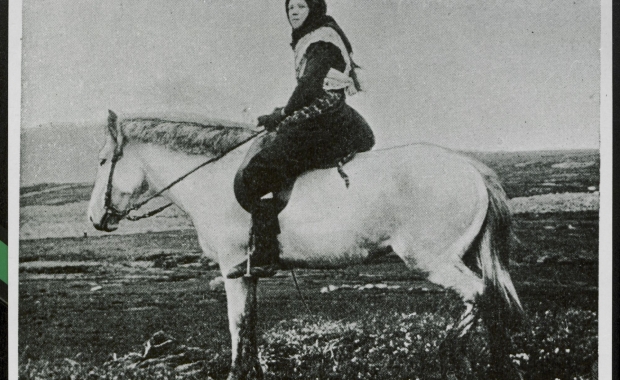The Danish National Museum has a large collection of photographs, many of which are available online. Since Iceland was a part of the Danish Kingdom until 1944, the museum contains a fascinating collection of old photographs taken in Iceland around the turn of the century 1900. Among these collections is the Daniel Bruun collection.
Read more: Gorgeous images of Reykjavík in 1910s and 20s: A charming small town
Daniel Bruun was an officer in the Royal Danish Navy and a prolific archeologist and ethnographer. In the years 1881-82, 1893 and 1911 Bruun traveled widely in North Africa, excavating archeological sites in Tunisia and Algiers, as well as collecting a wealth of ethnographic materials.
He is best known for his archeological expeditions to Iceland, Greenland and the Faeroe Islands, and his ethnographic studies of Iceland in the 1890s and first two decades of the 20th century. He is credited with having introduced modern scientific archeology to Iceland. He studied old Viking Age grave sites, mapping their locations and analyzing their contents. Among his achievements was finding the first boat grave in Iceland.
His study of Icelandic popular culture is also invaluable. Bruun collected hundreds of photographs of Icelanders in their daily lives, made sketches of farms and recorded working methods, customs and popular beliefs and practices which would otherwise have been lost.
These photographs are among the thousands of items from Bruun's Iceland collection. They are taken over a long period, 1896 to 1927, and include photos of women and girls dressed up in their Sunday finest, as well as photos of farm women and girls working. We have examples of the more ancient Faldabúningur (easily identifiable by the elaborate hats), Peysuföt (more modest, traditional clothing, worn with Skotthúfa, caps with a tail) and Skrautbúningur, which was a 19th century version of the Faldbúningur.
The different hats and head gear worn by Icelandic women are particularly fascinating!
#1

#2

#3

#4

#5

#6

#7

#8

#9

#10

#11

#12

#13

#14

#15

#16

#17

#18

#19

#20

#21

#22

#23

#24

#25

#26

#27

The Danish National Museum has a large collection of photographs, many of which are available online. Since Iceland was a part of the Danish Kingdom until 1944, the museum contains a fascinating collection of old photographs taken in Iceland around the turn of the century 1900. Among these collections is the Daniel Bruun collection.
Read more: Gorgeous images of Reykjavík in 1910s and 20s: A charming small town
Daniel Bruun was an officer in the Royal Danish Navy and a prolific archeologist and ethnographer. In the years 1881-82, 1893 and 1911 Bruun traveled widely in North Africa, excavating archeological sites in Tunisia and Algiers, as well as collecting a wealth of ethnographic materials.
He is best known for his archeological expeditions to Iceland, Greenland and the Faeroe Islands, and his ethnographic studies of Iceland in the 1890s and first two decades of the 20th century. He is credited with having introduced modern scientific archeology to Iceland. He studied old Viking Age grave sites, mapping their locations and analyzing their contents. Among his achievements was finding the first boat grave in Iceland.
His study of Icelandic popular culture is also invaluable. Bruun collected hundreds of photographs of Icelanders in their daily lives, made sketches of farms and recorded working methods, customs and popular beliefs and practices which would otherwise have been lost.
These photographs are among the thousands of items from Bruun's Iceland collection. They are taken over a long period, 1896 to 1927, and include photos of women and girls dressed up in their Sunday finest, as well as photos of farm women and girls working. We have examples of the more ancient Faldabúningur (easily identifiable by the elaborate hats), Peysuföt (more modest, traditional clothing, worn with Skotthúfa, caps with a tail) and Skrautbúningur, which was a 19th century version of the Faldbúningur.
The different hats and head gear worn by Icelandic women are particularly fascinating!
#1
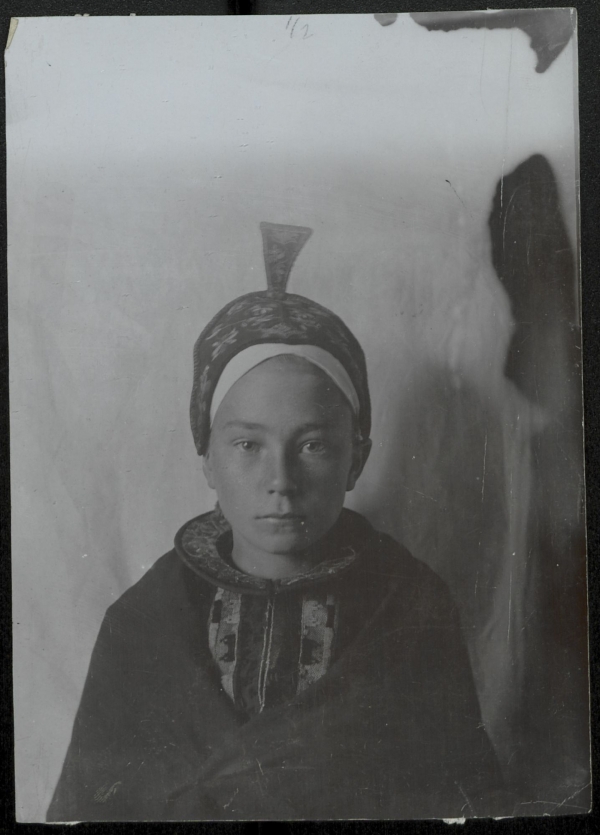
#2
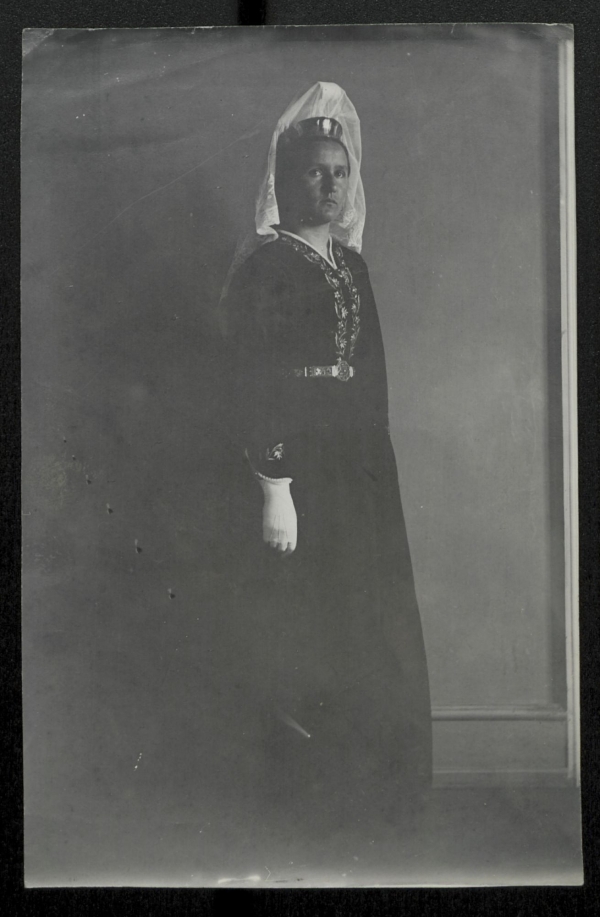
#3
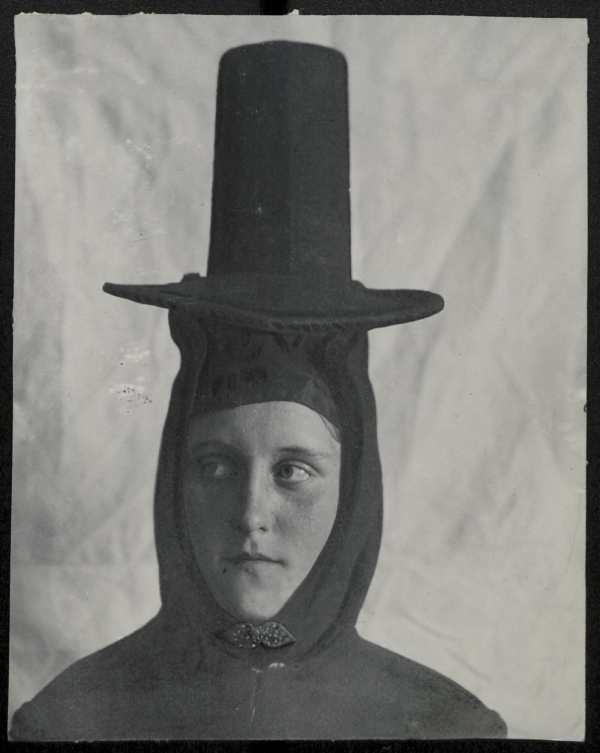
#4
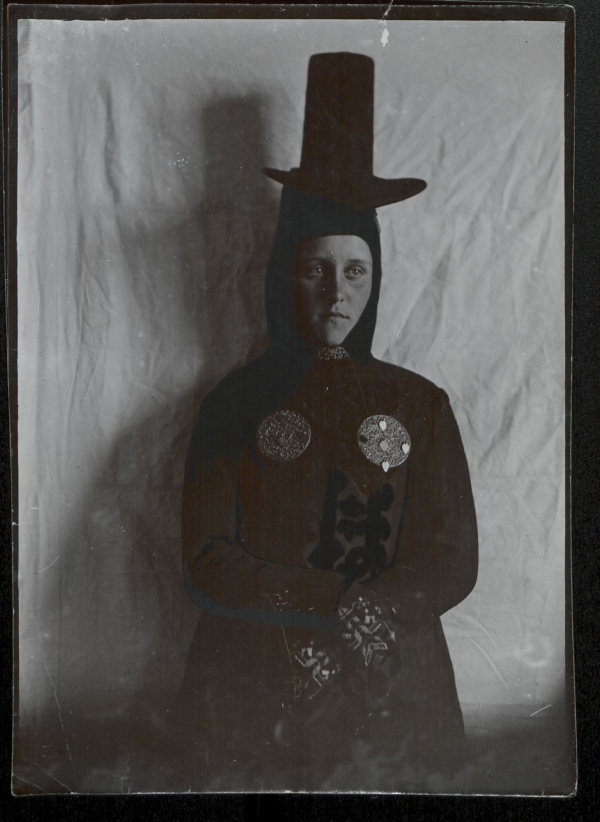
#5
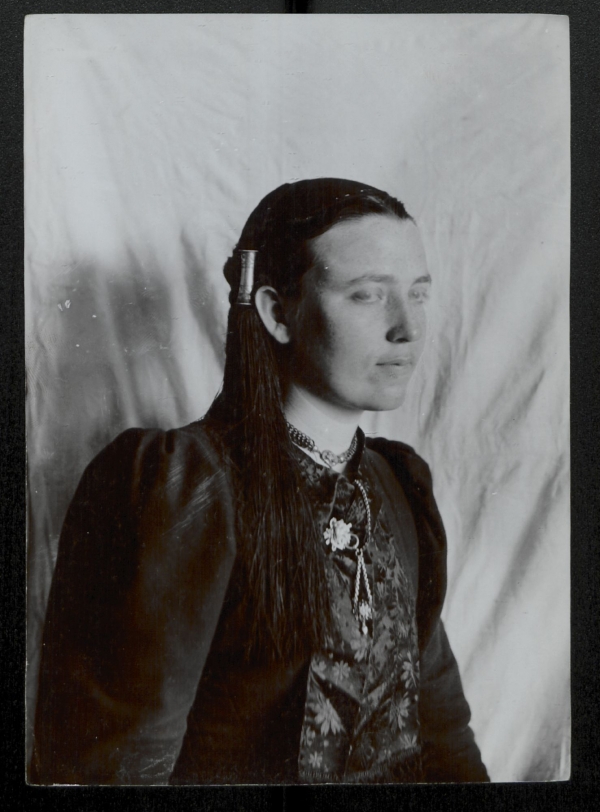
#6

#7
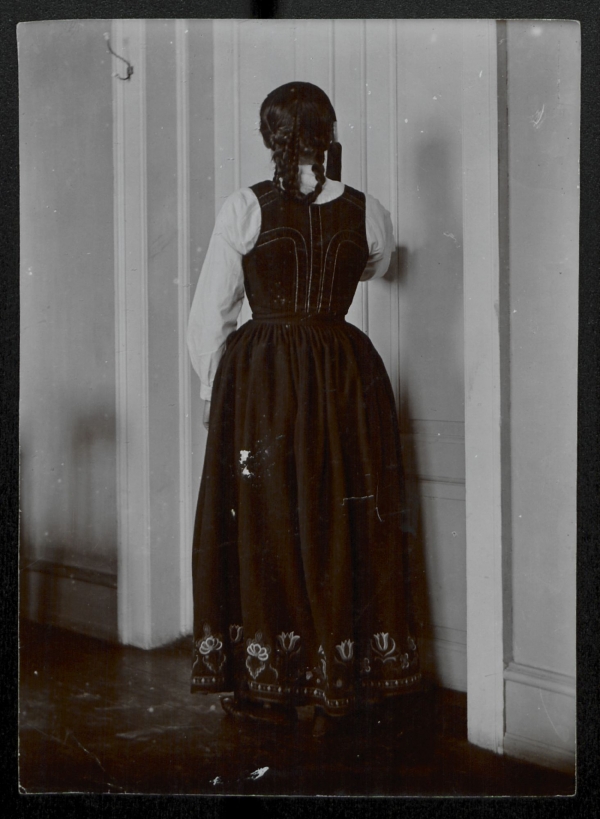
#8
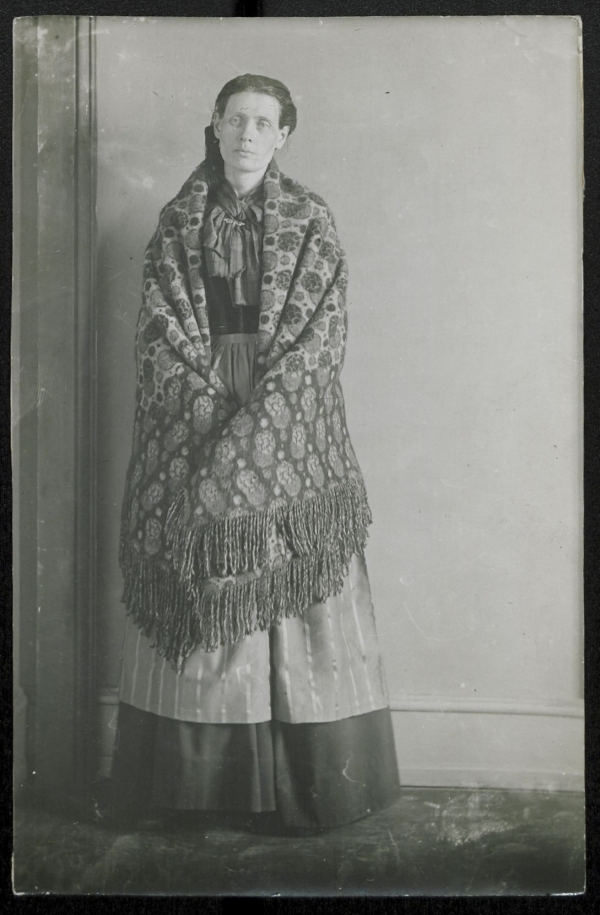
#9
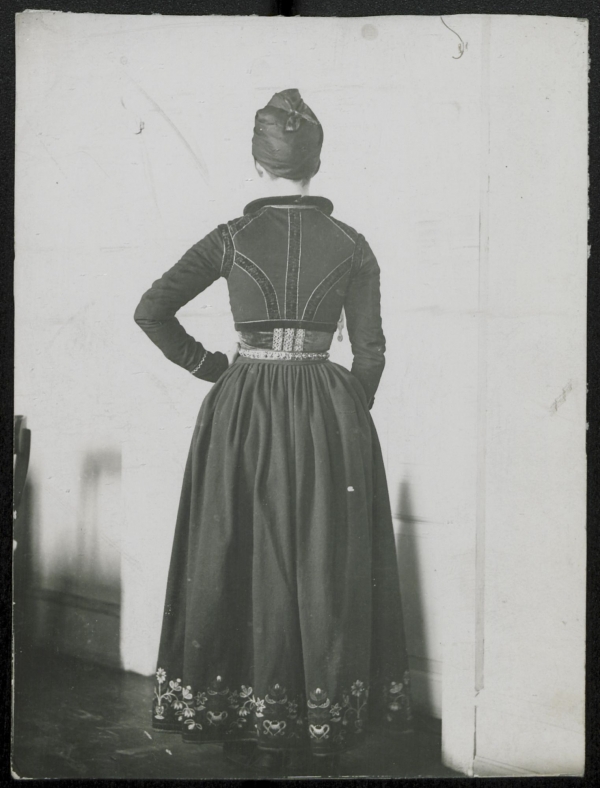
#10
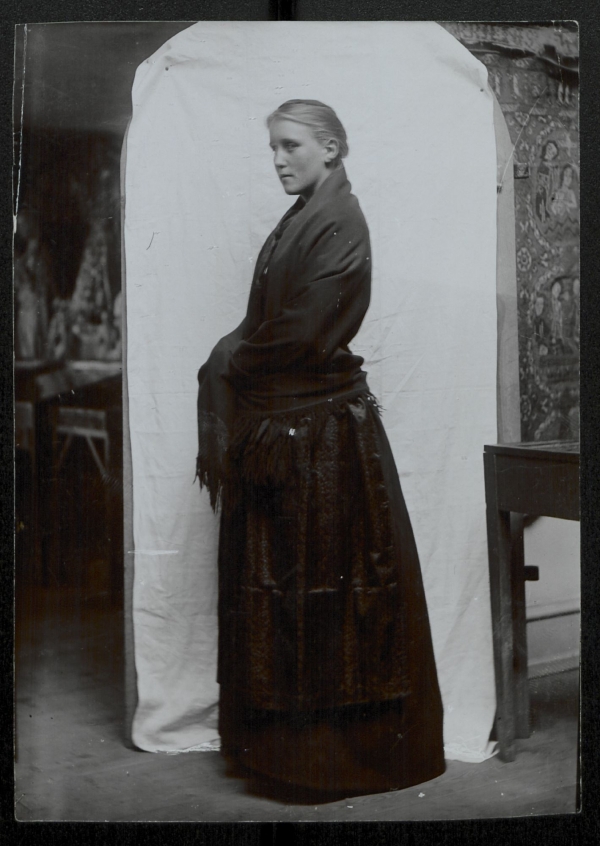
#11

#12
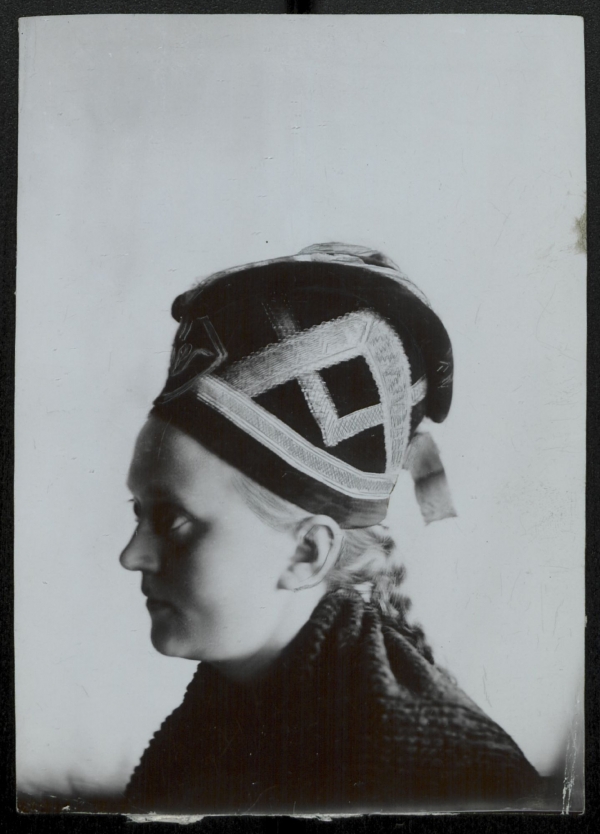
#13
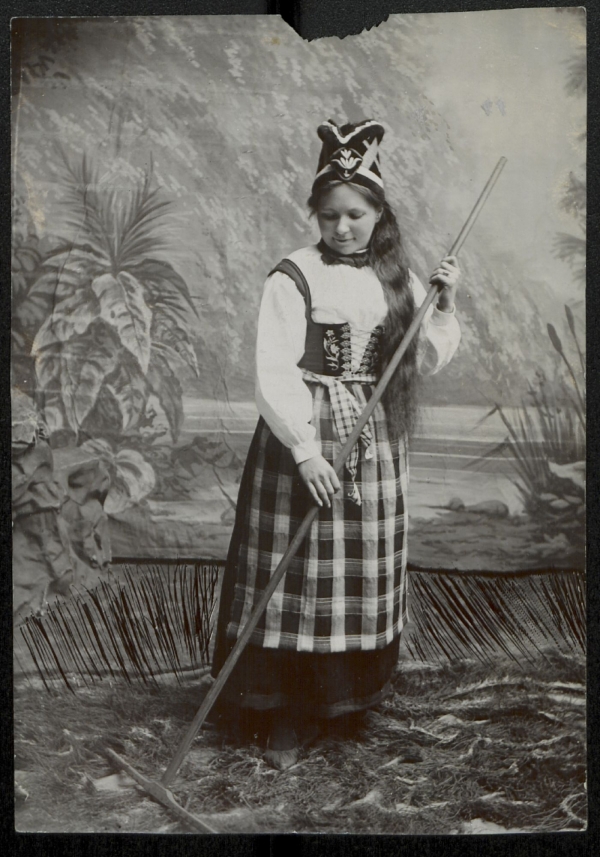
#14
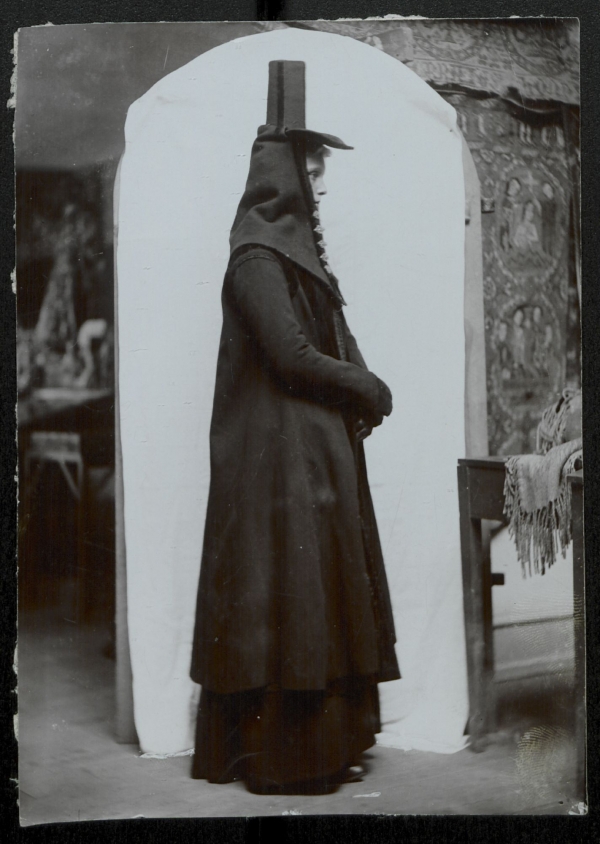
#15

#16
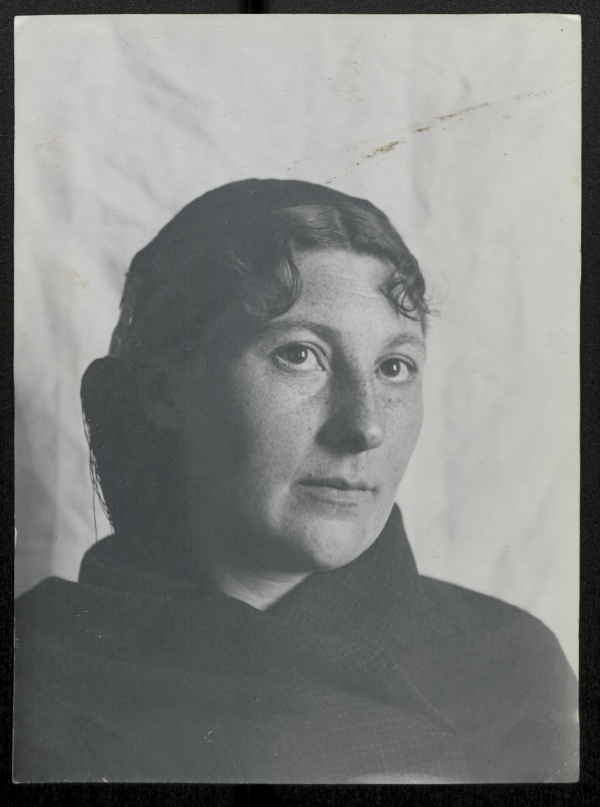
#17
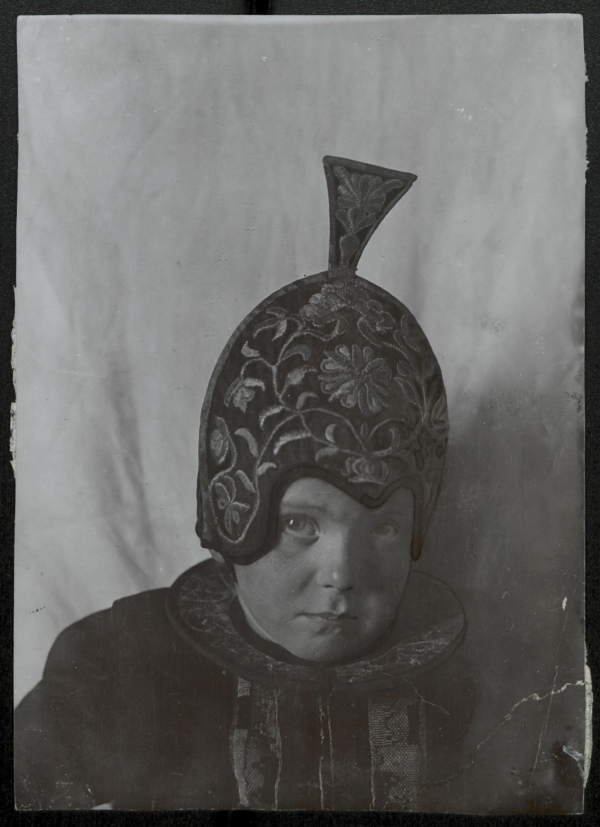
#18
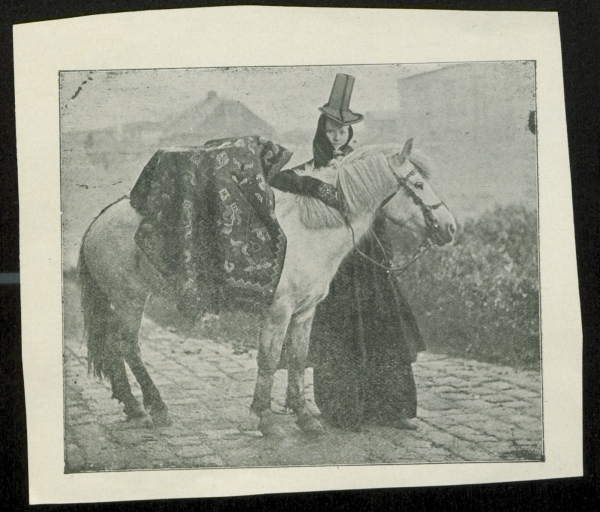
#19
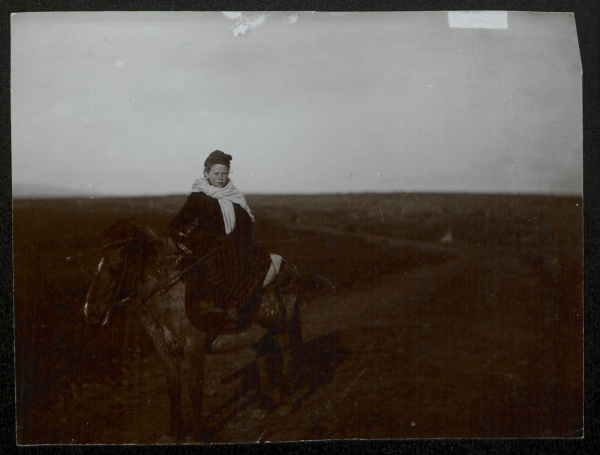
#20
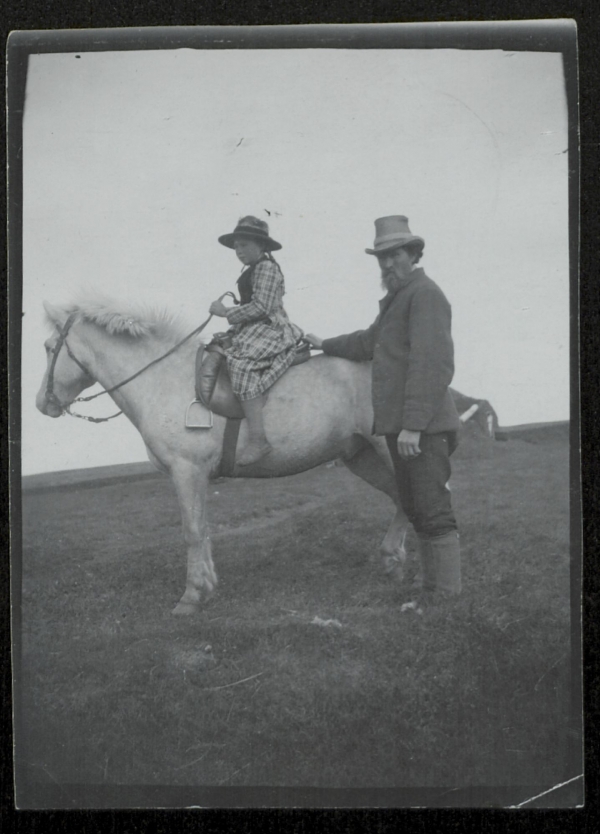
#21
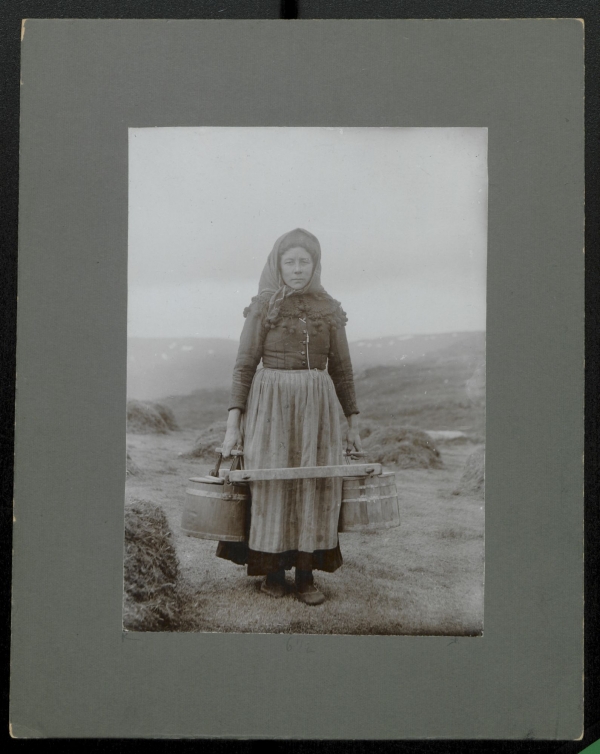
#22
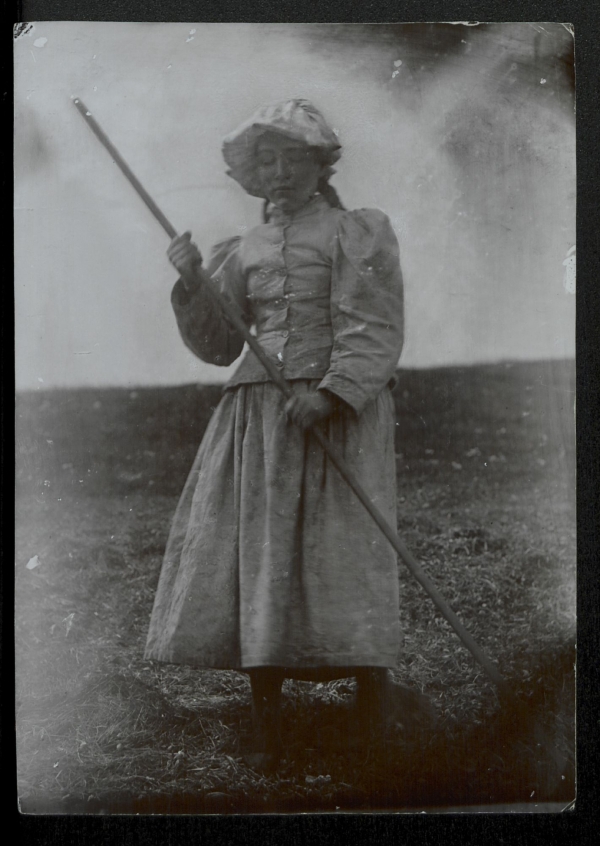
#23
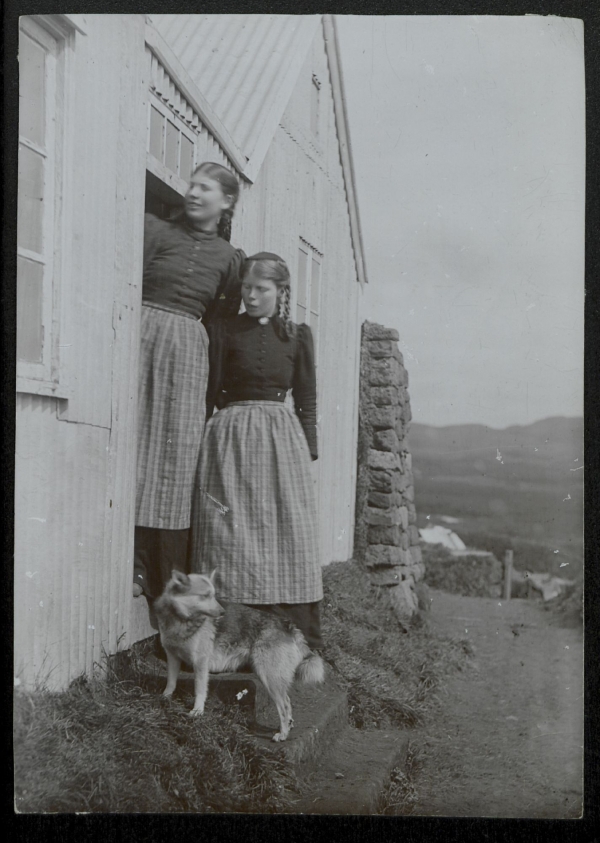
#24
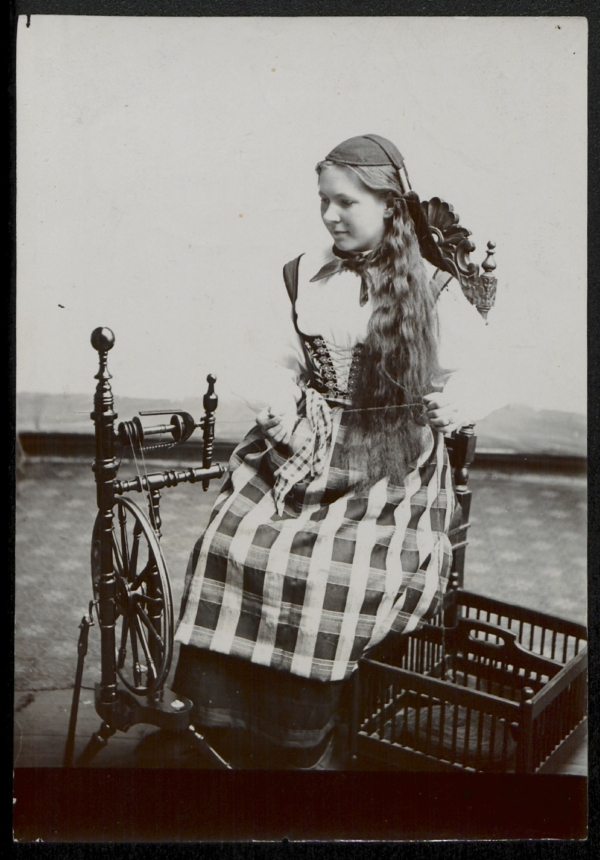
#25
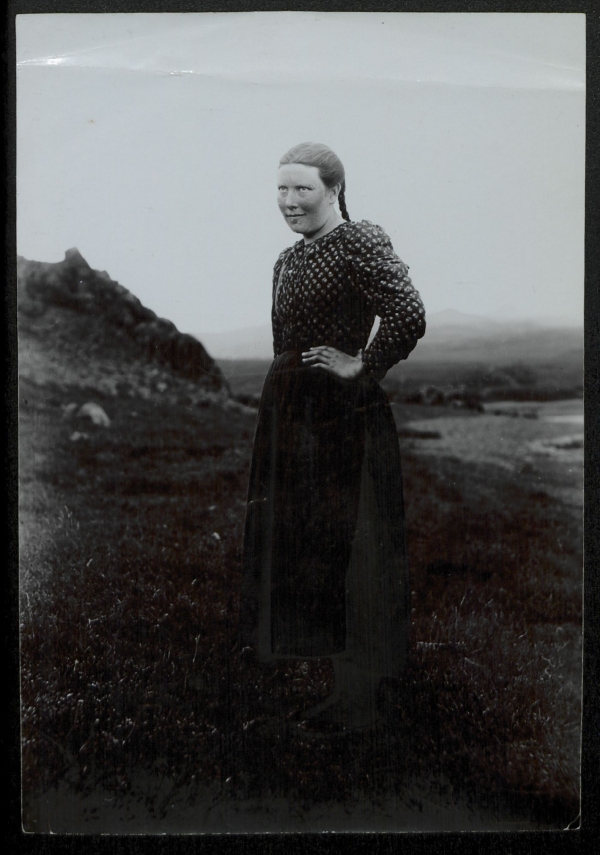
#26
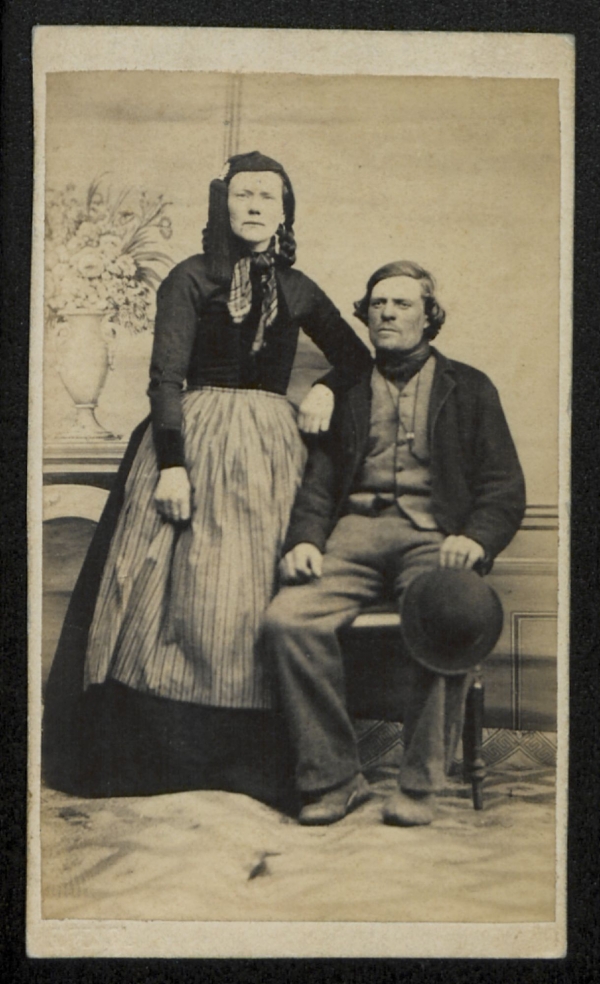
#27



